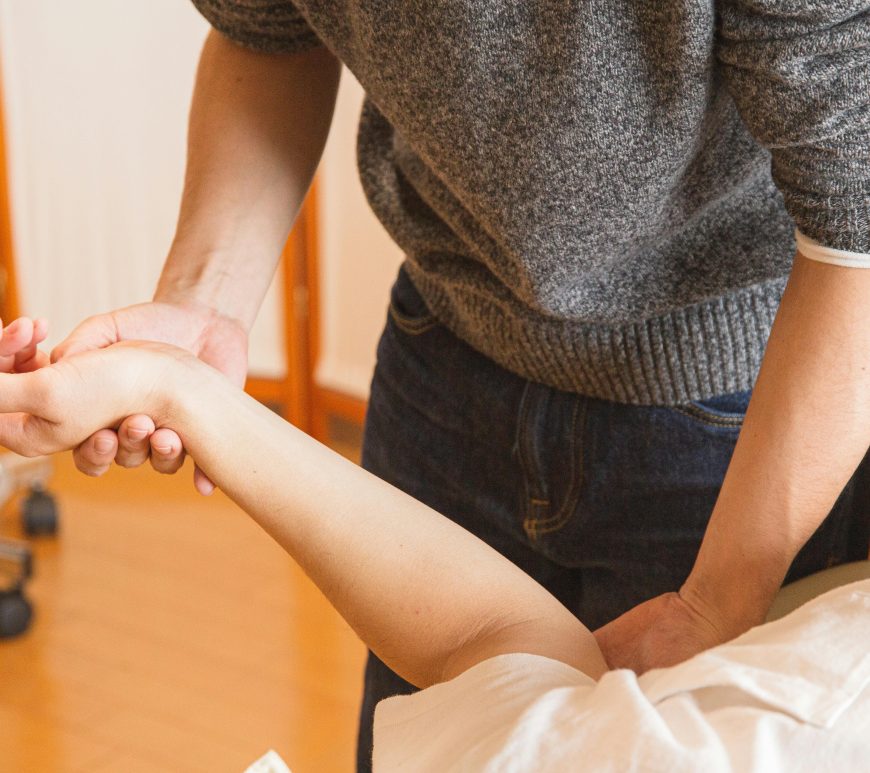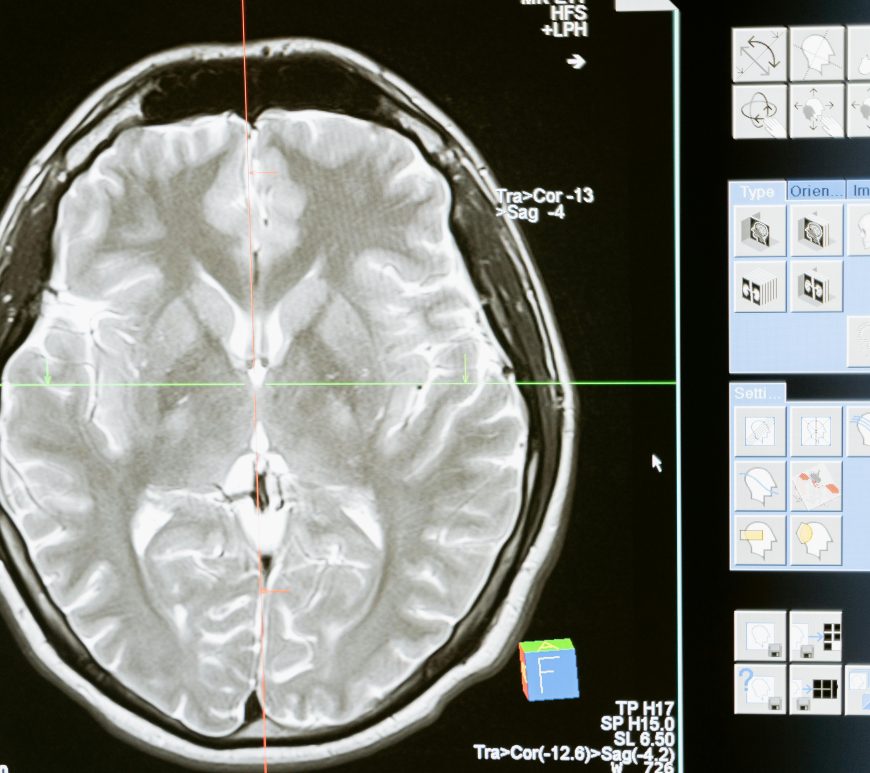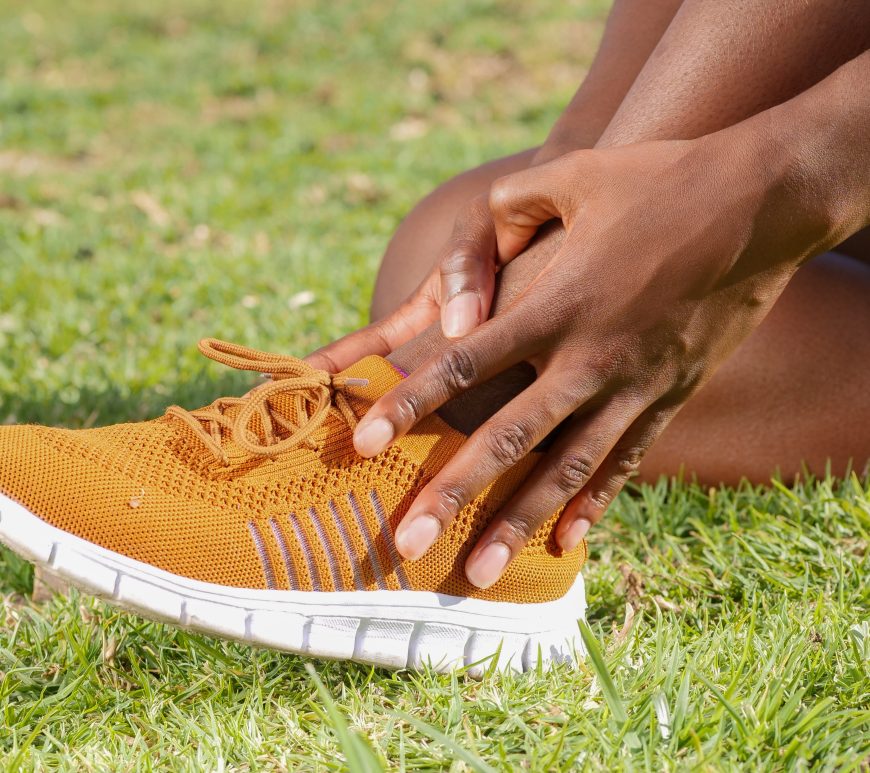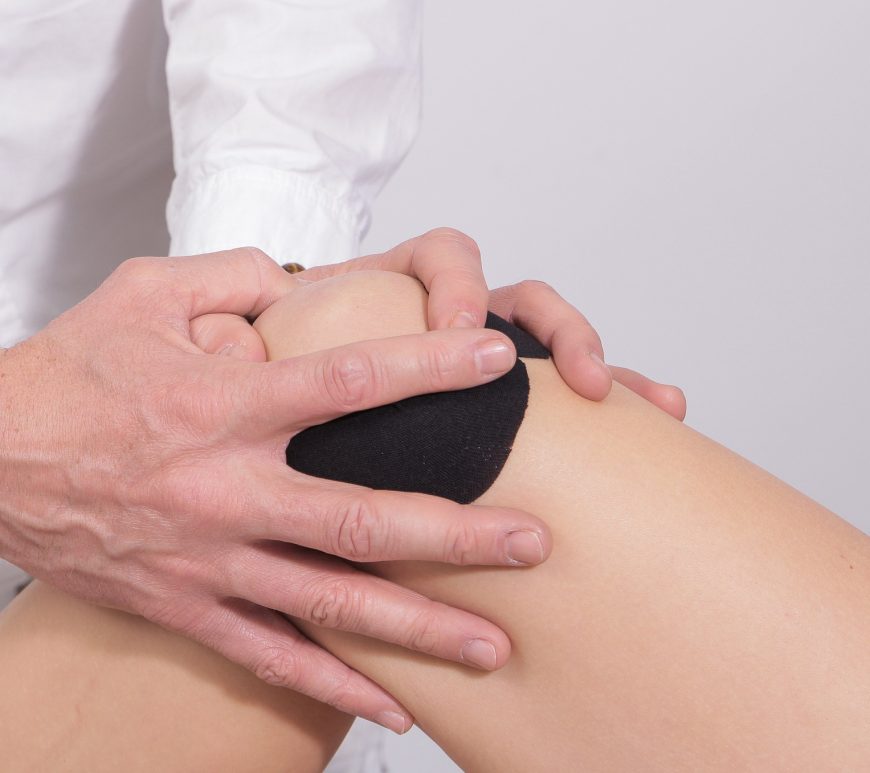
Which rehabilitation approach reigns supreme? A comparative study of hand injury therapies
In the realm of hand injury rehabilitation, the effectiveness of traditional therapeutic exercises versus a novel approach mimicking activities of daily living (ADL) has been rigorously examined by Umut Guzelkucuk et. al., (2007). Their study sheds light on optimizing rehabilitation strategies for young adult patients with hand injuries. In this randomized controlled trial, thirty-six patients experiencing functional loss due to hand injuries were enlisted. These … Continue reading Which rehabilitation approach reigns supreme? A comparative study of hand injury therapies



